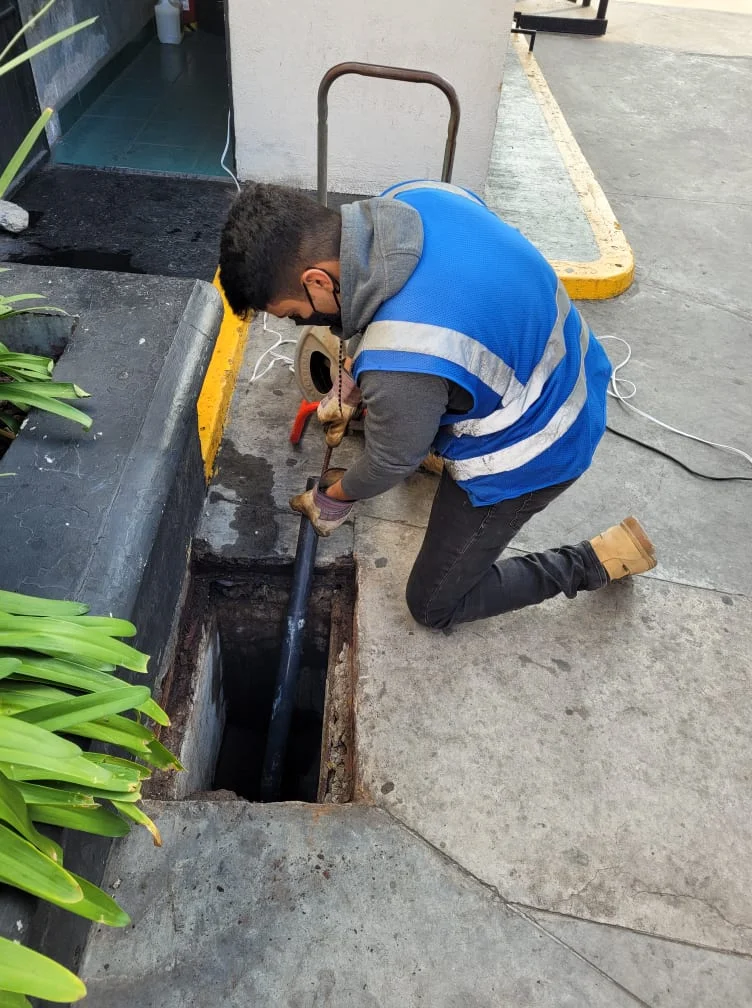Tijuana Drain Cleaning Experts: Your Solution for Stubborn Clogs
Tijuana, as a rapidly growing urban center in Mexico, is facing significant challenges with its drainage system. The blockage of drains, resulting in flooded streets and contaminated water, destape de drenajes Tijuana contributes to a variety of health and environmental issues. In this report, we will discuss the causes and consequences of drain blockages in Tijuana and propose potential solutions to unclog drains effectively.
 Causes of Drain Blockages:
One of the primary causes of drain blockages in Tijuana is the accumulation of solid waste, including plastic bags, bottles, and food waste, which often finds its way into the drains. Inadequate waste management and disposal practices further exacerbate the problem. Additionally, inconsistent infrastructure maintenance and inadequate planning during the urban development process contribute to the blockages.
Causes of Drain Blockages:
One of the primary causes of drain blockages in Tijuana is the accumulation of solid waste, including plastic bags, bottles, and food waste, which often finds its way into the drains. Inadequate waste management and disposal practices further exacerbate the problem. Additionally, inconsistent infrastructure maintenance and inadequate planning during the urban development process contribute to the blockages.
Consequences of Drain Blockages:
The consequences of clogged drains are far-reaching in Tijuana. Firstly, the stagnant water due to blockages serves as a breeding ground for disease-carrying mosquitoes, posing a significant threat to public health. Moreover, the overflowing of drains during heavy rainfall leads to flooding, damaging roads, properties, and causing inconvenience for residents.
Environmental Impact:
Drain blockages also have severe environmental implications. The contaminated water from the blocked drains enters water bodies, detrimentally affecting aquatic ecosystems and biodiversity. The presence of pollutants, such as chemicals and untreated sewage, poses a threat to marine life and can result in long-term ecological damage. Furthermore, the accumulation of solid waste in drains and water channels contributes to plastic pollution, destapado de drenajes en Tijuana which is a growing concern worldwide.
Potential Solutions:
1. Improved Waste Management: Implementing effective waste management strategies, including segregation at the source, increasing recycling facilities, and promoting awareness campaigns, can help reduce the quantity of waste entering the drainage system.
2. Regular Maintenance: Establishing a comprehensive drainage maintenance schedule is vital to prevent blockages. This includes periodic inspections, cleaning of drains, and prompt repairs of damaged infrastructure. Local authorities should allocate sufficient resources and personnel to carry out these activities.
3. Public Participation: Engaging the community by initiating cleanliness drives and involving residents in drain maintenance activities can promote a sense of responsibility and ownership, leading to more sustainable results.
4. Infrastructure Planning and Upgrades: Enhancing the drainage infrastructure through improved design and capacity can significantly reduce blockages. Incorporating features such as debris-capturing grates and water purification systems in the drainage network can ensure proper flow and prevent the entry of pollutants.
Addressing the issue of drain blockages in Tijuana requires a multidimensional approach. It is crucial to tackle the root causes, including poor waste management practices and inadequate infrastructure planning. By implementing effective waste management strategies, conducting regular maintenance, involving the community, and upgrading the drainage infrastructure, Tijuana can overcome the challenges associated with clogged drains. Solving these issues will not only improve public health but also safeguard the environment, ensuring a cleaner, safer, and sustainable future for the city.
Contacts:
Destapado de Drenajes Tijuana ZAP
Pípila 1548, Tomas Aquino, 22379 Tijuana, B.C.
Phone: +526643984618
Website: destapado-drenajesentijuana.com
 Causes of Drain Blockages:
One of the primary causes of drain blockages in Tijuana is the accumulation of solid waste, including plastic bags, bottles, and food waste, which often finds its way into the drains. Inadequate waste management and disposal practices further exacerbate the problem. Additionally, inconsistent infrastructure maintenance and inadequate planning during the urban development process contribute to the blockages.
Causes of Drain Blockages:
One of the primary causes of drain blockages in Tijuana is the accumulation of solid waste, including plastic bags, bottles, and food waste, which often finds its way into the drains. Inadequate waste management and disposal practices further exacerbate the problem. Additionally, inconsistent infrastructure maintenance and inadequate planning during the urban development process contribute to the blockages.